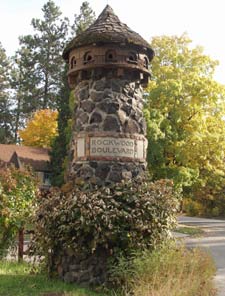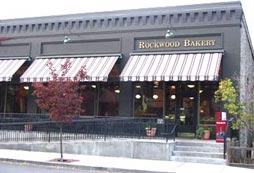Rockwood Neighborhood History

In 1913, the city of Spokane entered in to a contract with the Olmsted brothers, John and Frederick Jr., to work out a master plan for Spokane. The brothers were carrying on the work of their father, Frederick Law Olmsted, who designed Central Park in New York City. In a report to the Board of Park Commissioners of Spokane, the Olmsted brothers recommended including a winding drive through the neighborhood with planting of deciduous trees, particularly on the borders.
What followed was a design for the Rockwood area that embodied Frederick Law Olmsted’s theories of landscape achitecture which preferred the works of God to the works of man. Olmsted thought and wrote profoundly about the ethical and moral responsibilites of human beings to the planet, and about the power of nature to restore the weary and improve the moral sensitivities of all who submit to its beauty and force.

We can see in the Rockwood Neighborhood, Olmsted’s desire to link a city together in a way that people could travel about and always be on or near parkways and boulevards; areas of promenades with curving walks and illusions of incredible vistas; placing viewers in the landscape with much emphasis on the details of the view. Frederick Olmsted believed an artistically designed landscape would provide a refreshing antidote to the city’s competitive pressures, and would also exercise a distinctly harmonizing and refining influence favorable to its residents.
In 1996, Rockwood Boulevard was designated a historic district on the National Register of Historic Places. Listing in the National Register is primarily a tool to encourage preservation, recognition, and rehabilitation of our national landmarks. Benefits of listing in the National Registry include: renovation grants, tax credits for renovation of commercial properties, and higher re-sale value because of these benefits.

